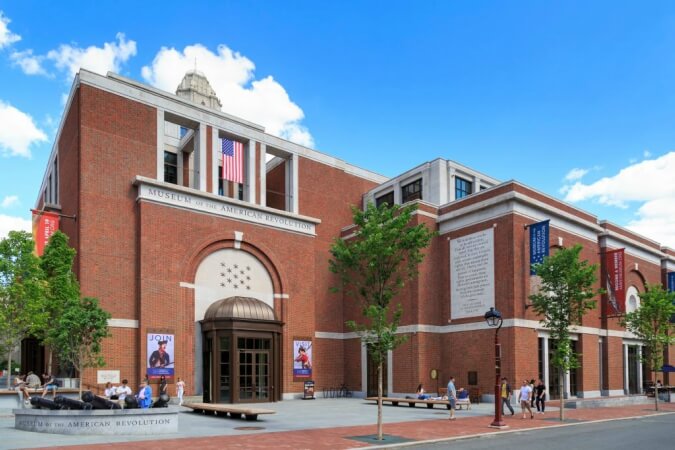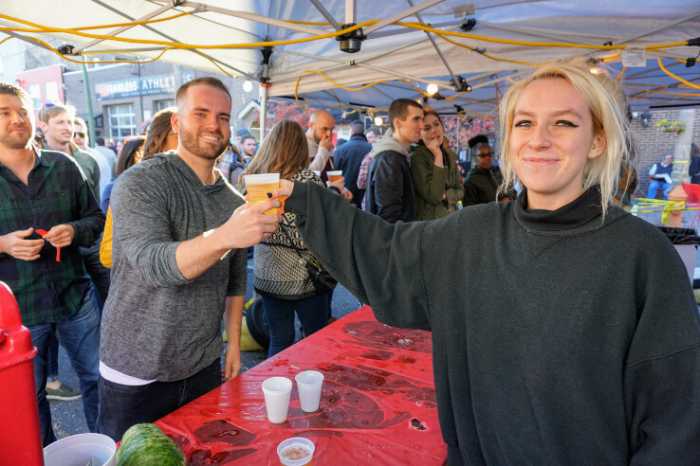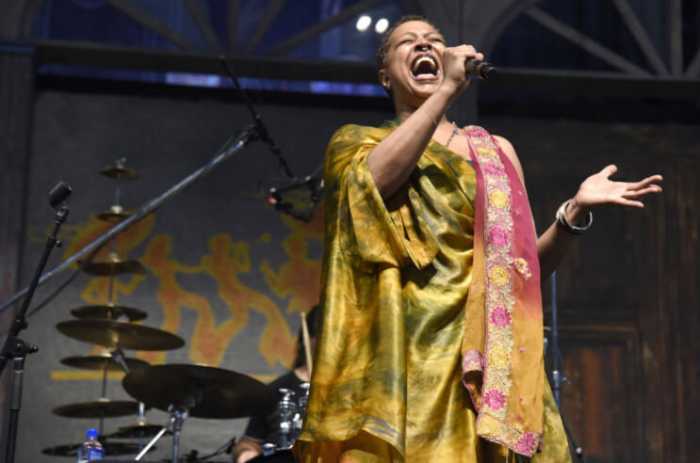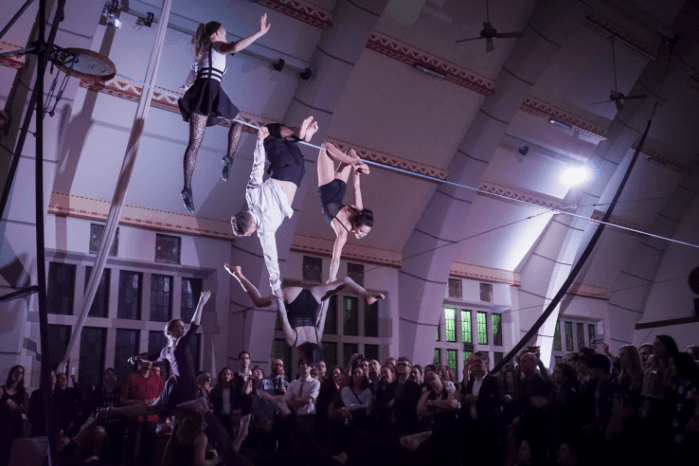Props master Jay Duckworth is the man behind the magic of Broadway’s smash hit Hamilton: An American Musical. Now, the man Lin-Manuel Miranda called “a props shaman” is coming to Philly. Tuesday, Oct. 23 from 5 – 8 p.m. Duckworth will be at the Museum of American Revolution in historic Old City; he will deliver a talk entitled “Making History: The Objects that Create the World of Hamilton: An American Musical.” During the event, he will discuss the challenges he and his props team faced as they brought Hamilton to life when it premiered at The Public Theater in 2015 and more.
Props master Jay Duckworth form the hit show Hamilton comes to Philly
How did you first get started in the props world?
Jay Duckworth: I was working as a carpenter at George Street Playhouse in Central New Jersey, and the prop master there said if I ever wanted to use my talent to build anything other than square boxes, he would teach me how to be a prop master. Turns out he was an ex-Benedictine Monk and had all kinds of really amazing knowledge and taught me a lot about a lot of different things and that’s kind of where my love of props came from because I love history and I love doing research. I like unraveling stories; it’s really really exciting for me.
Being there for the beginning of Hamilton, what would you say were some of the biggest challenges getting the show up and running?
Jay Duckworth: In the world of the play you include the audience in on a secret or you try to make something as recognizable as possible to the audience so they understand what a person does or what their job is without saying it. There was a doctor’s bag for the Duel Commandments and Tommy Kail the director said to me he wanted a doctors bag for the guy that crosses the stage so the audience would know who he is.
So I thought yeah something that would have been around in the Revolutionary War, which is a big square case that would open from the side and have brass fittings on the end and a strap for your shoulder, and I showed it to Tommy and he was like ‘No I don’t think this is- well no one would know what this is, I just need a doctor’s bag that’s a regular old doctor’s bag’ and I said ‘well a Gladskin didn’t come until the middle of the 1800s’ and he said ‘yeah I understand, but if we’re telling the story the audience has to know who this guy is, it’s whatever serves the story best’ and that was a real neat concept to have.
Also the burn letter in the song Burn, I had to make a letter that only burned for two minutes and nine seconds and was safe to go on stage, flame up and go out within two minutes and nine seconds of a song; so we had to test all kinds of different kinds of paper and fire and how much ash it made and the weights of the papers just to find something that worked perfect for that.
What were some of the most interesting facts that you learned when studying the colonial era?
Jay Duckworth: The coolest fact ever, we used Spanish coins up till the Civil War. The peso, the Spanish Peso was our currency, and we would counter stamp it so there would be a stamp that we would just hit because it really was the most pure and very very rigorously rated and the standards were really hot so it became the currency of the world. In Spain, there are two pillars and a banner going across them like from behind over the front and behind and they would mark all of these bags or boxes with the sign of the Spanish coin and because of printing and it being hit over and over and over the stamp would wear out and it ended up looking like a dollar sign which is the two lines and the giant S, and that’s where our dollar sign came from. The name dollar came from the dutch Thaler, so we were using Spanish money and calling it by a Dutch name.
Also, newspapers didn’t have headlines we found out. The newspaper we included in Hamilton, we made sure it was from that week’s news in New York City so it was a bunch of different smaller articles and then the headlines we made very small, just because there were no headlines, it didn’t happen up until the 1900s. So that was another thing we had to tweak because people had to understand that you’re in the world of the play.

Did you know the show was going to be a hit?
Jay Duckworth: We knew it was going to be a successful show when we started out, it was that moving; you know I cried the first time we had a run through. Our ticket checker came up to me and said ‘It’s a great show right?’ and I said ‘No it’s more, I’ve never been in a room where I knew we were changing the entire art.’
Did you have a favorite prop from the show?
Jay Duckworth: The candle carts. Zach Murphy from our lighting department, he got me flicker candles that look like actual candles, and because of the sounds of them, because they were so faulty, we had to get colonial glass stands for all of these candles, and nothing looked colonial at all. So what I ended up doing was taking two pieces of foam and sticking a rod through it and putting it into a drill press, and I carved a bunch of them individually on a drill press out of foam and then just sealed them and painted them gold and put some gold leaf on them.
What can people expect at your event at MOAR?
Jay Duckworth: The name of the event is Making History, and it’s about how the research we did and how the things we made represented our country in its early stages. It’s a lot about the history of Franklin and a lot of his papers and about paper mills and a lot of rich American history that’s focused on this area that we live in.


























